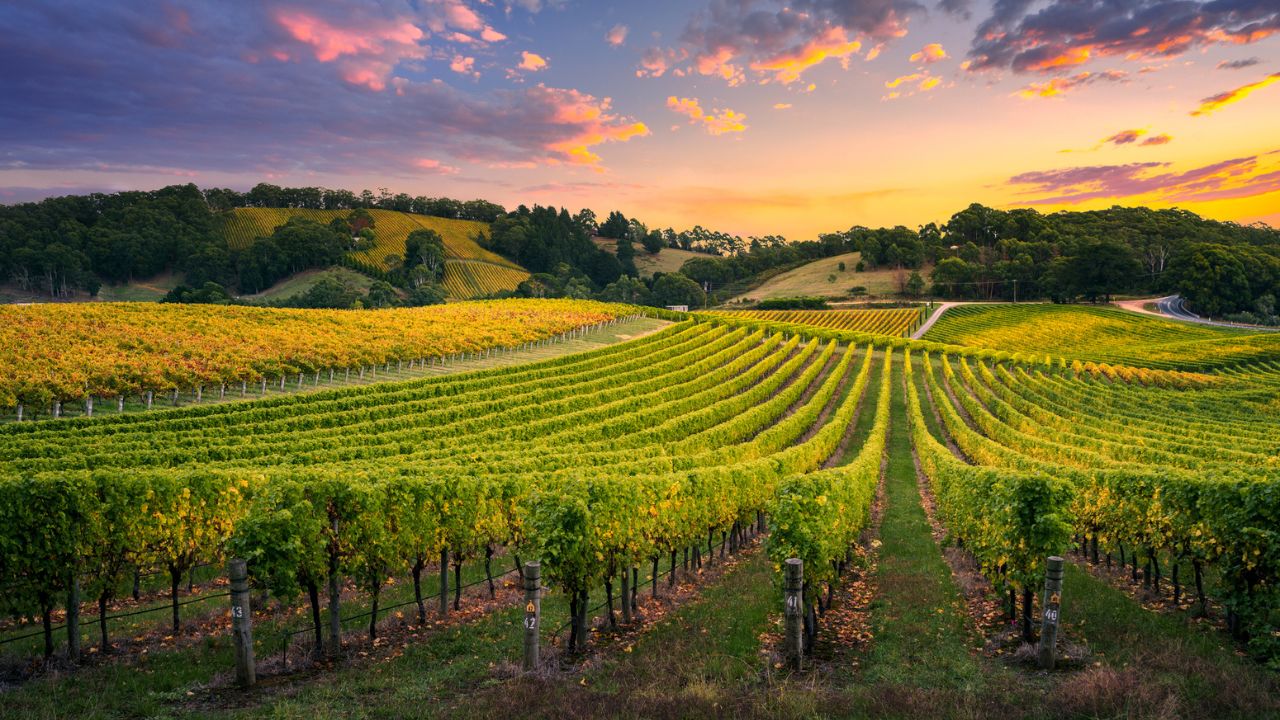Ray White Group Head of Research, Vanessa Rader, has revealed that the relationship between wine industry fundamentals and residential property performance shows economic activity from production has a greater impact on property values than prestige.
“The relationship between wine industry fundamentals and residential property performance reveals that production volume, export economics, and infrastructure investment often matter more than reputation alone,” Ms Rader said.
“This production flows through regional communities, creating economic activity that impacts property values, though not always as expected.”
Ms Rader identified several outstanding performers in the wine region property market, including Penola in South Australia, which serves as the commercial hub for the famous Coonawarra wine region.
“The town benefits from the economic activity generated by one of Australia’s most respected wine areas without commanding vineyard-adjacent pricing,” she said.
“Coonawarra’s focus on premium reds has benefited significantly from the resumption of China trade, where exports grew from virtually zero to 59 million litres in six months following duty removal.”

Queensland’s Granite Belt region demonstrates how emerging areas with solid fundamentals can outperform established markets, according to Ms Rader.
“The region benefits from accessibility to Brisbane while maintaining authentic wine country character at reasonable price points,” she said.
The Barossa Valley’s substantial production footprint has created diverse economic activity beyond tourism, Ms Rader explained.
“The Barossa’s substantial production footprint of 53,100 tonnes represents 3.7 per cent of Australia’s national crush, supporting diverse economic activity beyond tourism,” she said.
“This volume creates employment across logistics, processing, and support industries, underpinning consistent property demand.”
Despite producing wines that contribute significantly to Australia’s export average, Ms Rader said that Margaret River’s premium positioning may have reached natural growth constraints.
“The region’s 25,661 tonnes represents just 1.6 per cent of national production, creating a boutique economic base that supports high absolute prices but limits broader economic impact,” she said.
Ms Rader pointed to Australia’s most expensive wine region property market, the Mornington Peninsula, as an example of how lifestyle premiums can reach saturation points.
“While the Peninsula commands top prices due to proximity to Melbourne and prestigious Pinot Noir production, moderate growth rates suggest these premiums may have natural ceilings,” she said.
Tasmania’s property market has responded strongly to the state’s wine industry expansion, with Launceston recording 106.1 per cent growth over a decade.
“With the state recording its second consecutive record crush in 2025 at 18,764 tonnes, up 61 per cent over two years, Launceston’s strong decade-growth reflects the broader economic benefits flowing from Tasmania’s emerging wine reputation and increasing production scale,” Ms Rader said.
According to Ms Rader, successful wine region property markets share common characteristics that drive sustained growth.
“The data reveals that successful wine region property markets share common characteristics: substantial production volumes creating economic stability, strong export exposure benefiting from global wine trade, and infrastructure investment providing employment beyond agricultural cycles,” she said.
“The strongest wine region property performers balance solid industry fundamentals with accessibility to major population centres and reasonable pricing that allows continued growth rather than hitting lifestyle premium ceilings.”

